Review of Levee en Masse
Review by Jim Cobb, 27 December 2012
Published and Developed by Victory Point Games
Yes, Virginia, there was a revolution before Napoleon. Gamers’ fixation with the Corsican ogre has obscured a fascinating period before the assumption of First Consulship in 1802. Only Crown of Glory included this period its grand overview of the period. Victory Point Games has addressed this situation by porting their solitaire boardgame over to the iPad and iPhone. Can a simple game capture a complicated time?
Paris Squares
Levee en Masse’s map shows France surrounded by the English Channel, the Low Countries, the Rhineland, western Austria, Switzerland and the Piedmont in Italy. Naturally, Paris is the center of everything. France’s external foes – Britain, Prussian, Austria, and Piedmont – start in their homelands while the perennial rebels in the Vendee are slightly misplaced in southwest France. A chain of four boxes link enemies to Paris with color guards advancing toward the Isle de France. Circles in the Low Countries and one in the Channel represent possible spots for “Liberation” armies.
Equally important as the map is a vertical bar on the right side of the screen representing the positions of the three French factions: monarchy, republic and Napoleonic despotism. The corresponding counters, marked between +4 and -1, move up and down with the vicissitudes of events and die rolls. The faction on top gets positive die rolls and will eventually win the game.
When battle occurs, a static screen displays both sides in line of battle, the number the player must beat, and any die modifiers as well as the number of actions remaining. Resolution shows a spinning die. The losing side screams and runs with white flag waving. Battle also includes a cannon blast and “Fire” in the appropriate phrase of four languages. For once, music doesn’t get in the way with Saint-Saens’ Danse Macabre playing eerily in the background.
Enemies Foreign and Domestic
The engines for gameplay are the 48 historical events appearing each turn. Portrayed as aged parchment, each event is described briefly but accurately with changes to combat die rolls for each enemy nation and changes to the status of the three political factions. Occasionally, special circumstances such as the possibility of enemy armies being activated or inactivated will be shown. Tapping the document will close it and the ever important number of actions will be shown along with any enemy movement.
Players start each turn with a number of actions, ranging from two to six depending on the events and the level of difficult. Actions usually are used militarily or politically. The republic’s political counter can be moved up if the action’s die roll is greater than the faction’s current rating. The other factions’ position can be decreased if a tap beats its current position. Combat starts when the foes begin advancing on Paris. Tapping on an enemy brings up the battle screen. The Vendee rebels and Piedmont are relatively easy to beat by rolling a modified die of more than three, although rolling three or less can happen an amazing number of times. The Prussians and Austrians require rolls better than four. The British are a special case. When they are on the coast the fleet protects the army and a roll of greater than four is needed. As the army advances, the needed number drops to the Vendee/Piedmont level. When the player wins, the enemy counter retreats a square; a loss is merely a waste of an action.
Two other special cases exist. Quelling disorder in Paris requires an action but easy-to-make rolls. From time to time, “liberation” armies are announced representing the spread of revolutionary fervor. An action will place these armies in circles in the Low Countries and a Channel space if an enemy army is not close to Paris and if a die roll is greater than the number in the circle. These armies block enemy moves until the enemy defeats them. Players have no control over those battles although attacking an enemy can force them away from the blocking army.
The player wins if Paris is not occupied and republicanism is the strongest faction in 1802. Automatic defeat occurs when Paris is occupied for one turn. A defeat on points results from another faction being the strongest in 1802.
Clearly, the number of actions dictates players’ strategy. More actions can be had on the easier of three difficulty levels but a more calculating way to control actions received is through understanding the three variations of the game. The historical version is the hardest as Napoleonic-favoring events builds up despotism’s position late in the game when the coalition forces are advancing together. Players should get despotism down in the early part of the game and keep it there. The original game has events coming in non-historical order but spreading actions and faction events more evenly. Random is exactly that.
Combat accountants won’t like the decisive roll of the die in Levee en Masse and historical fetishists will find all kinds of nits to pick. However, casual players will have many hours of entertainment and education for $4.99 for the HD version on the iPad or $2.99 for the regular iPad and iPhone versions. Such deals come rarely and advantage should be taken.
About the Author
Jim Cobb has been playing board wargames since 1961 and computer wargames since 1982. He has been writing incessantly since 1993 to keep his mind off the drivel he dealt with as a bureaucrat. He has published in Wargamers Monthly, Computer Gaming World, Computer Games Magazine, Computer Games Online, CombatSim, Armchair General, Subsim, Strategyzone Online, Gamesquad and Grogheads.


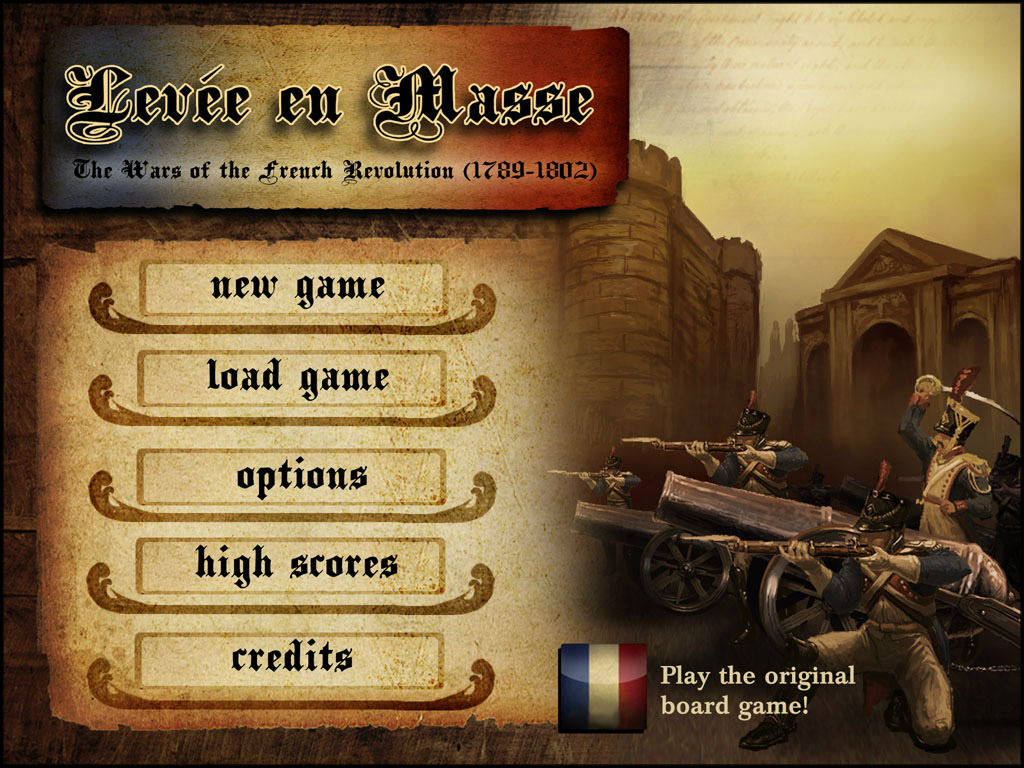
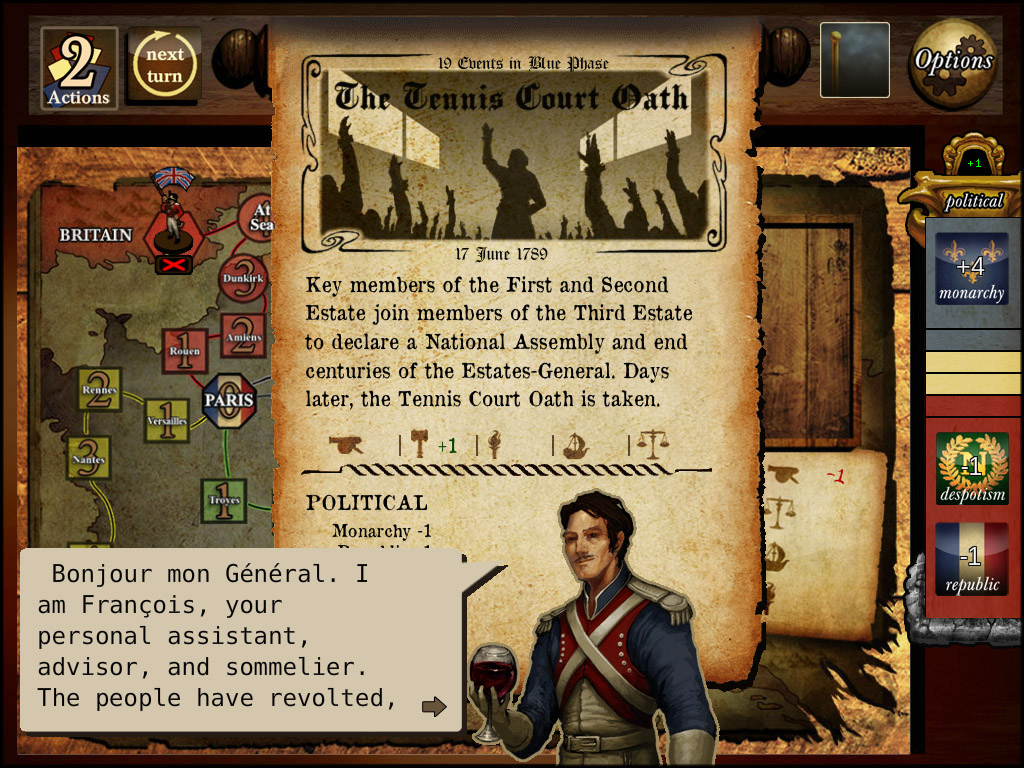
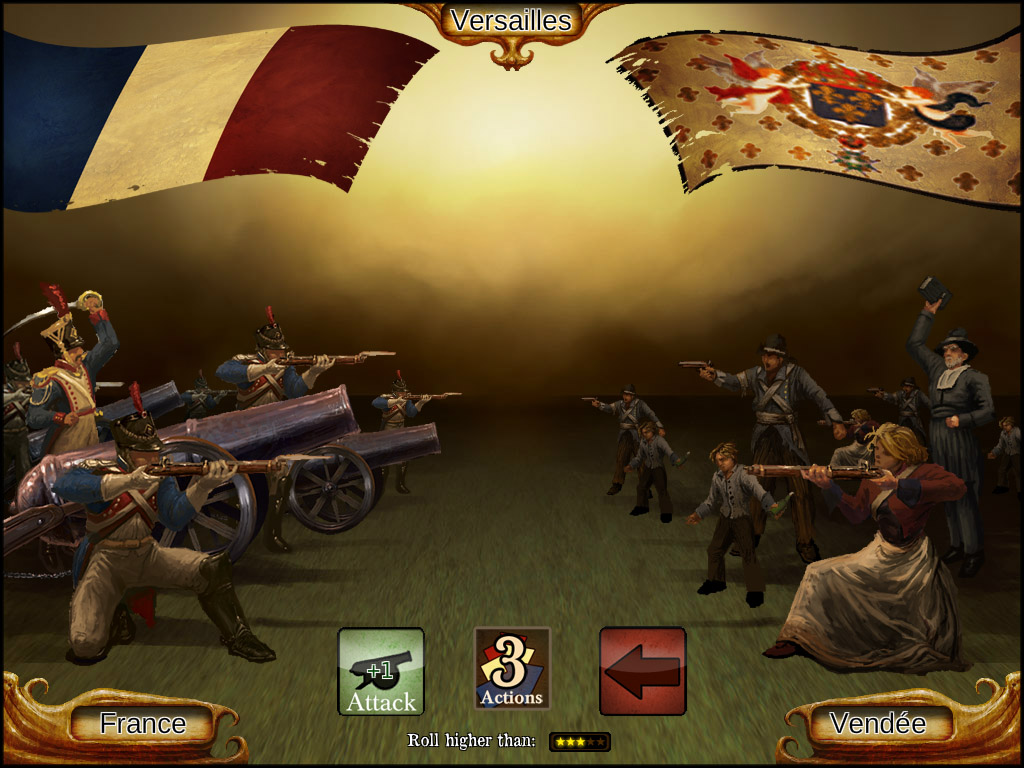
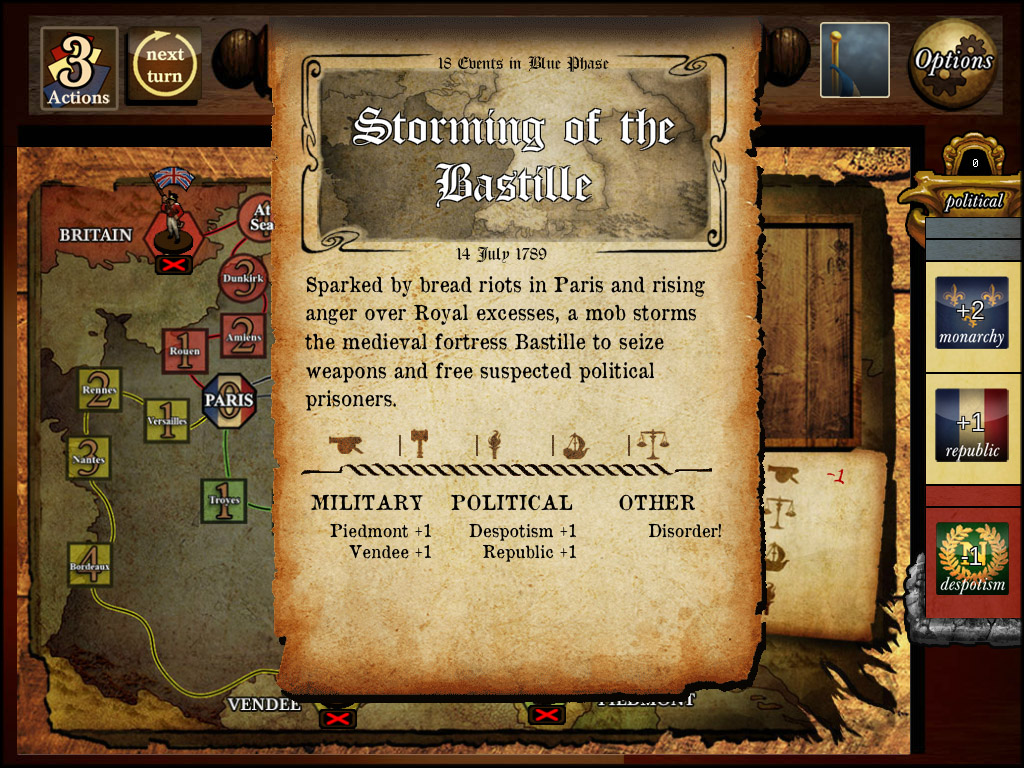
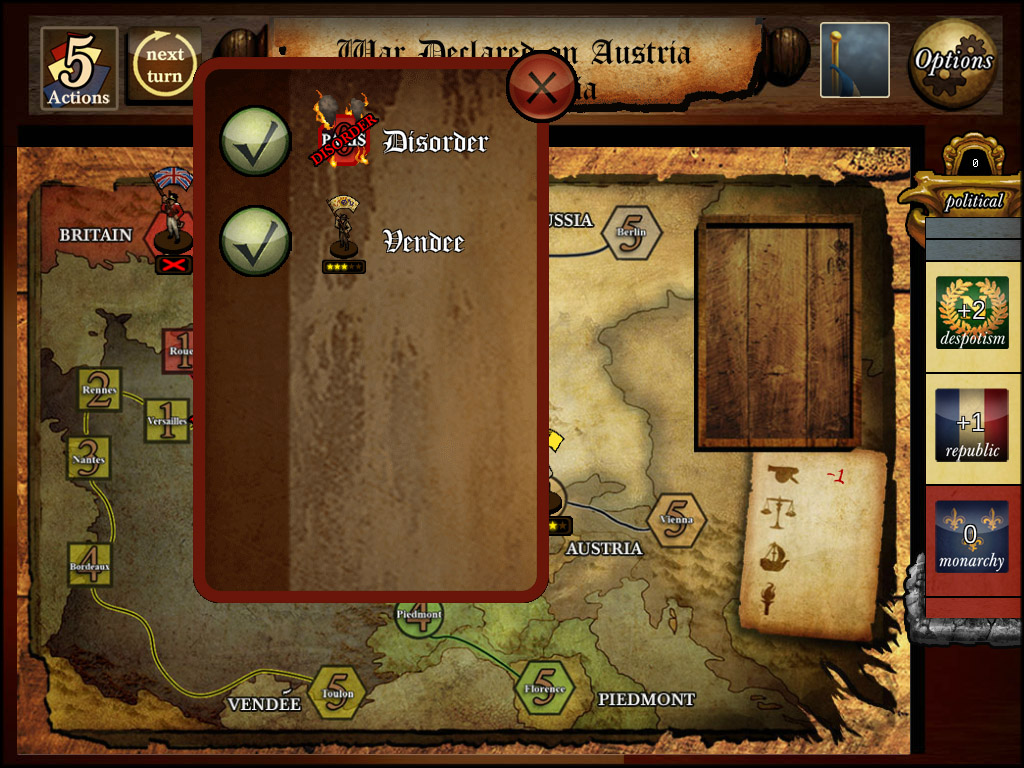
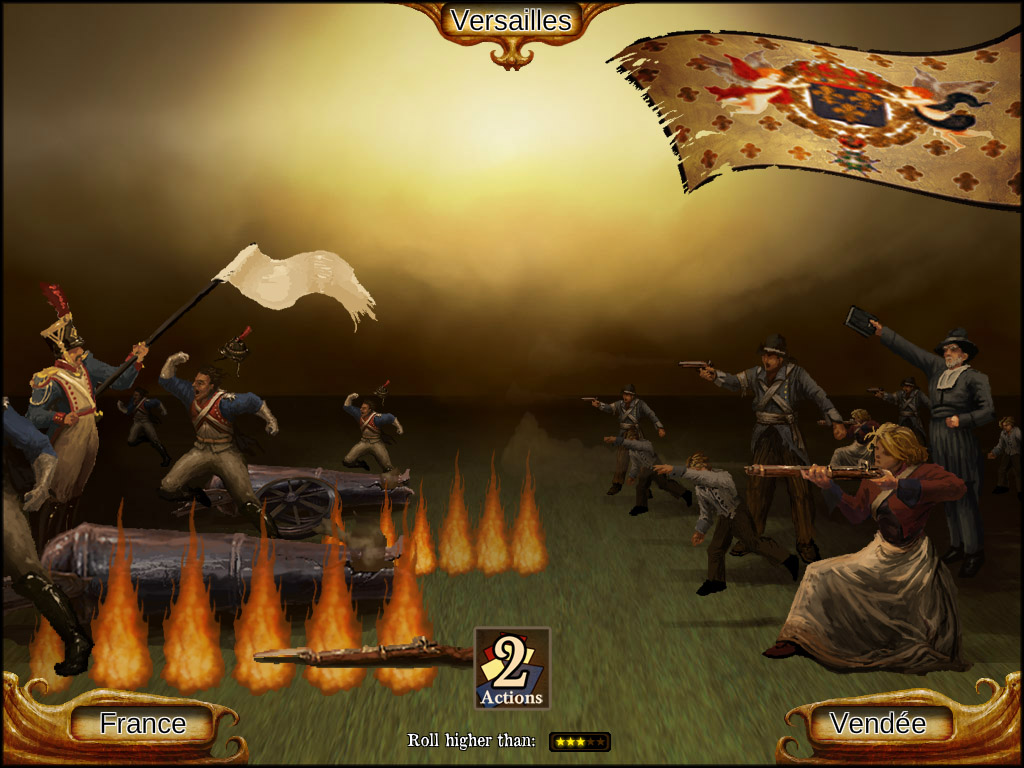

Leave a Reply